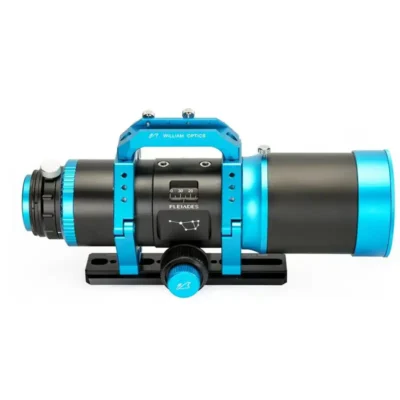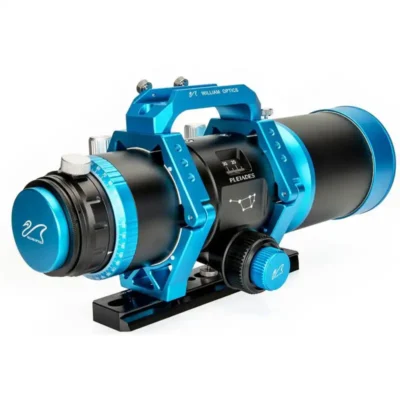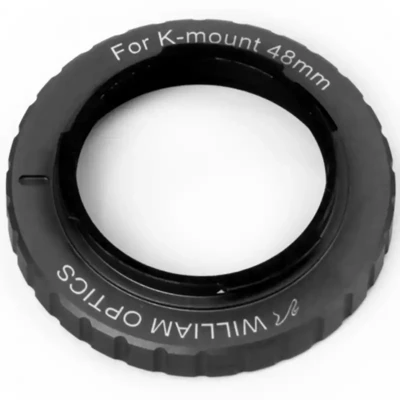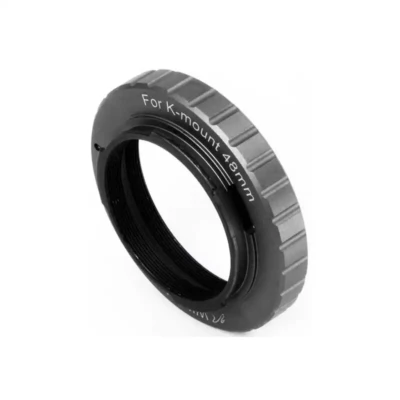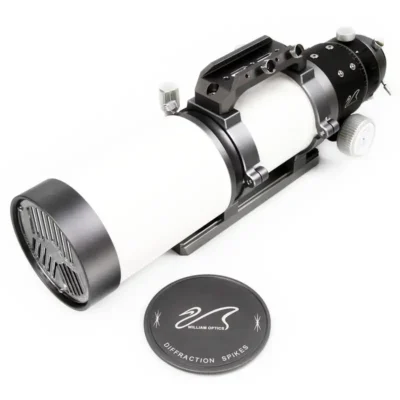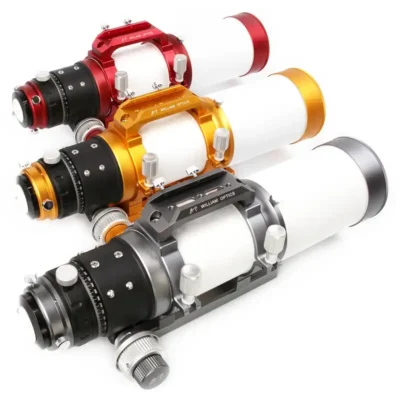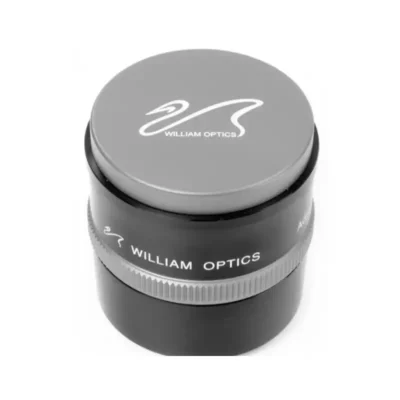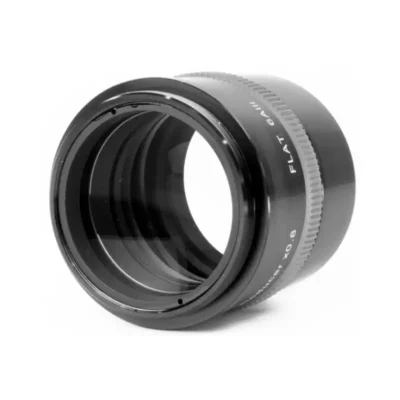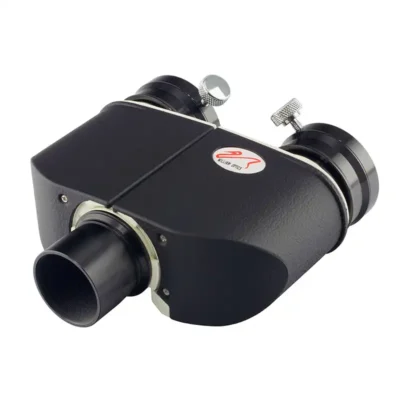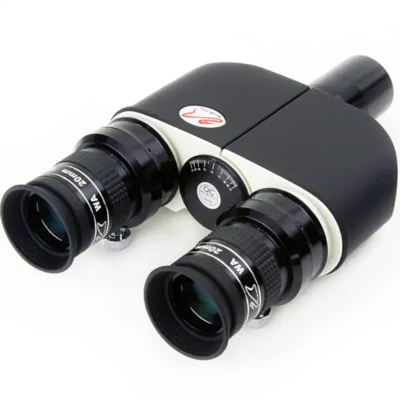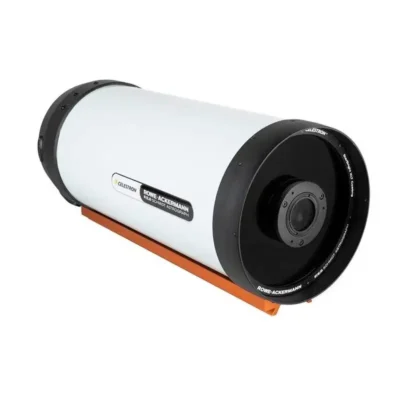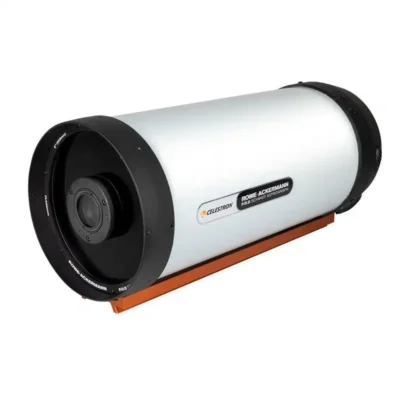Product details
The Gran Turismo series of telescopes have a three-element lens with ED glass (FPL-53) in the centre. This special glass ensures an image that is virtually free from colour errors. These telescopes therefore belong to the class of apochromatic refractors or apos for short.
An apo with such a triplet lens delivers a sharp, high-contrast image. This has a very positive effect on planetary observation and compensates for the lower resolution capability of a large mirror telescope.
The Gran Turismo refracting telescope is an apochromatic triplet with FPL-53 element for exceptional colour purity and high contrast! A versatile refracting telescope which leaves almost nothing to be desired.
- Visual observation:Equiped with an optional zenith mirror, you can observe the Moon and planets with extremely high contrast using this apochromat. The high-speed apochromat also enables prolonged observation of challenging Deep Sky objects: star clusters, galaxies and nebulae. Due to the pin-sharp depictions of stars, observing and analysing globular clusters is a particular delight.
- For astrophotography, we recommend William Optics’ Flat6AIII flattener and reducer. The lens also provides an even field with a steady focal position for full-frame cameras. Using the prism rail adapters integrated into the handles, you can fit a guiding scope on your Gran Turismo, which can serve as a finderscope or a guide sleeve.
- The lower 2.5” R&P focuser has a long focusing path, reduction and a temperature display. An adapter for a 1.25” eyepiece is also included.
The very robust Gran Turismo apochromat really is well-suited for travelling and for mobile astronomy and astrophotography. take the apochromat with you to beneath the dark skies and discover the best objects from the Messier and NCG catalogues. The telescope is straightforward, stable and your new favourite telescope since the Firstlight!
A further special feature of the new William Optics apochromats is the specially calculated Bahtinov focus mask:
These new focus masks made from optical acrylic glass provide 92% transparency.
The imprinted pattern provides a diffraction structure which is around three times brighter than classic metal masks. The acrylic glass masks therefore produce a clearer diffraction pattern and enable focusing with the help of fainter stars.







